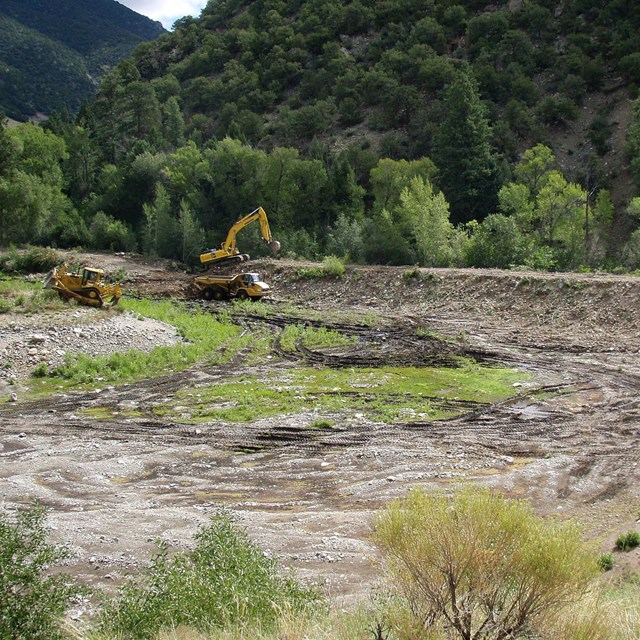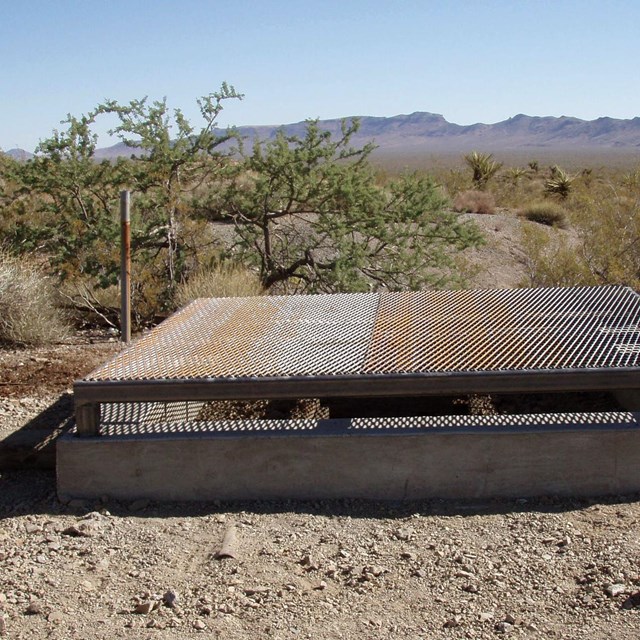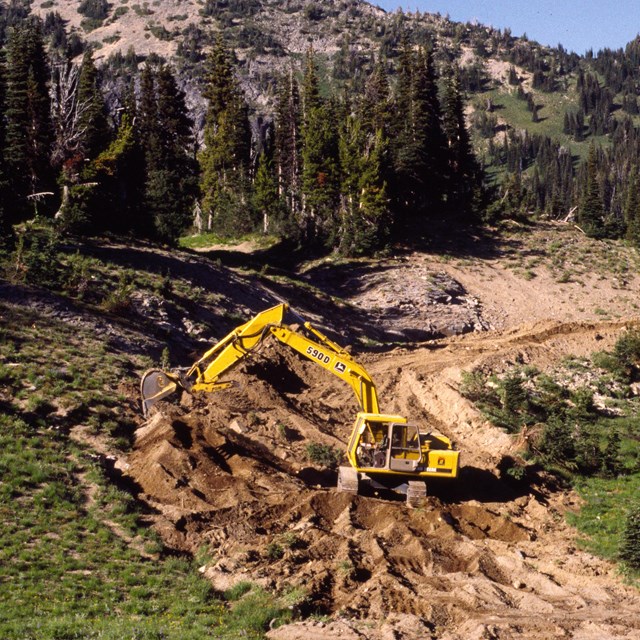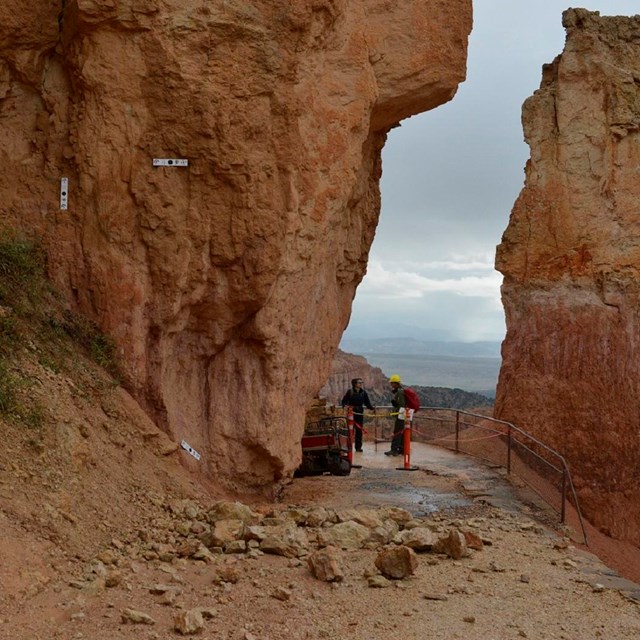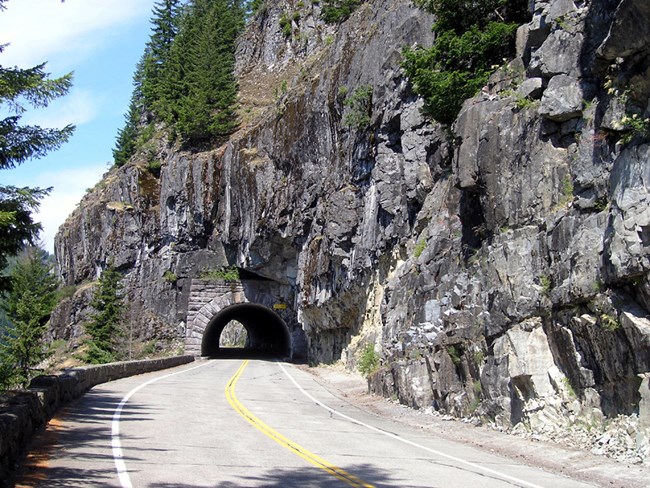
The National Park Service often has to respond to geologic hazard events after they occur (retroactively). Geologists assist in evaluation of and response to the event. However, the preferred approach is to work proactively to identify and address geologic hazards before they result in injury or property loss, or at least plan for future hazard risk mitigation.
Proactive management of geologic hazards in the parks is carried out through appropriate application of science, technology, and policy support. Unstable Slope Management ProgramTransportation corridors (roads and trails) in our majestic public lands contain numerous unstable and potentially unstable slopes and slope failures. A variety of slopes including natural and constructed rock slopes, soil cut slopes and soil embankments are all subject to failures occurring as rockfall, landslides, debris flows, creep, settlement, etc. These slope failures range in severity - some cause injury and property damage and block traffic or trail usage, while others are maintenance nuisances that go unnoticed by the general public. Mitigation & RestorationResearch & Monitoring
|
Last updated: October 4, 2018

